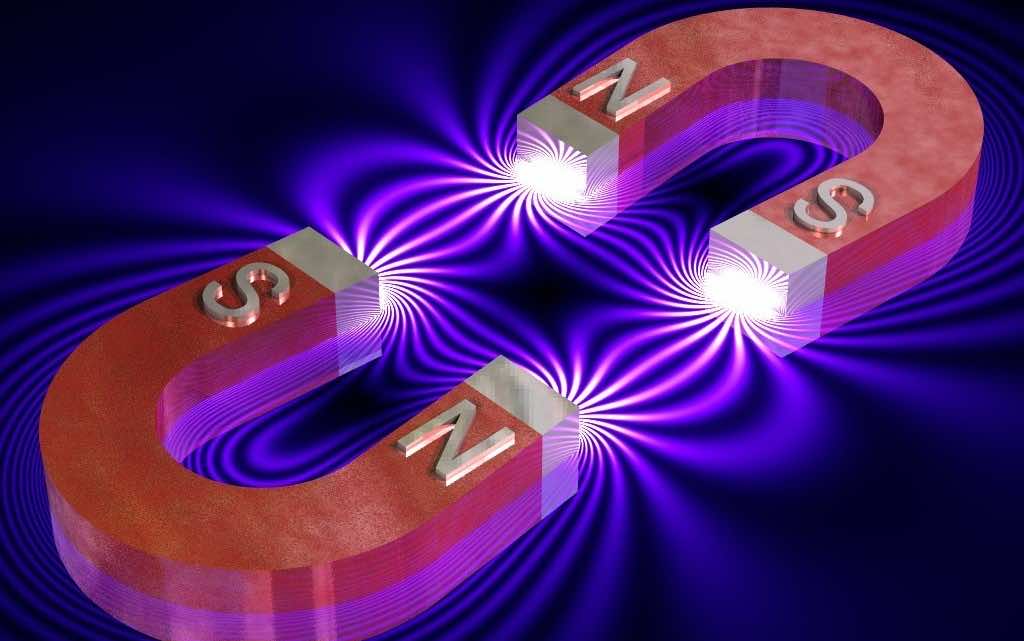James Prescott Joule made a discovery about 175 years that led us to the modern-day magnetism. His discovery and work concluded that magnetic materials distort minutely in shape while keeping the volume constant. This has been the accepted behavior for how all the magnetic materials behave until now. A new type of magnets has been discovered by a team of scientists from University of Maryland and Temple University. These magnetic materials exhibit a change in volume while undergoing the process of magnetization. Since this property differs from the phenomenon that was discovered by Joule on a fundamental level, the new class has been termed as ‘non-Joulian magnets.’
Former Ph.D. student Harsh Deep Chopra who is now a professor and chair of mechanical engineering at Temple University said, “Our findings fundamentally change the way we think about a certain type of magnetism that has been in place since 1841. We have discovered a new class of magnets, which we call ‘Non-Joulian Magnets’, that show a large volume change in magnetic fields. Moreover, these non-Joulian magnets also possess the remarkable ability to harvest or convert energy with minimal heat loss.”
According to the team, the properties of these new magnets, specifically the low-energy characteristic, implies that they have a huge potential for the manufacturing of far more efficient and smaller actuators and sensors that have minute heat signatures. Apart from these applications, they could also be used for energy-harvesting devices along with robotics, medical uses, automotive and even for defense application (again thanks to the remarkably low thermal signatures).
Professor materials science and engineering, Manfred Wuttig along with Chopra had iron-based alloys heated in a furnace to a temperature of almost 1,400º F for half an hour followed by quickly cooling them down to room temperature. Once the material had cooled down, it demonstrated non-Joulian behavior. The team has associated this behavior to the tiny cell-like structures they found when they inspected the material under a microscope.
Professor Wuttig said, “The response of these magnets differs fundamentally from that likely envisioned by Joule. He must have thought that magnets respond in a uniform fashion. Knowing about this unique structure will enable researchers to develop new materials with similarly attractive properties.”
The team while admitting that the research is still in its early stages is quite hopeful as to what wonders can be accomplished using these new magnetic materials. Abundant alloys will be used instead of exhausting rare-earth element magnets once this research matures. The conclusions of this research have been published in the journal Nature.

